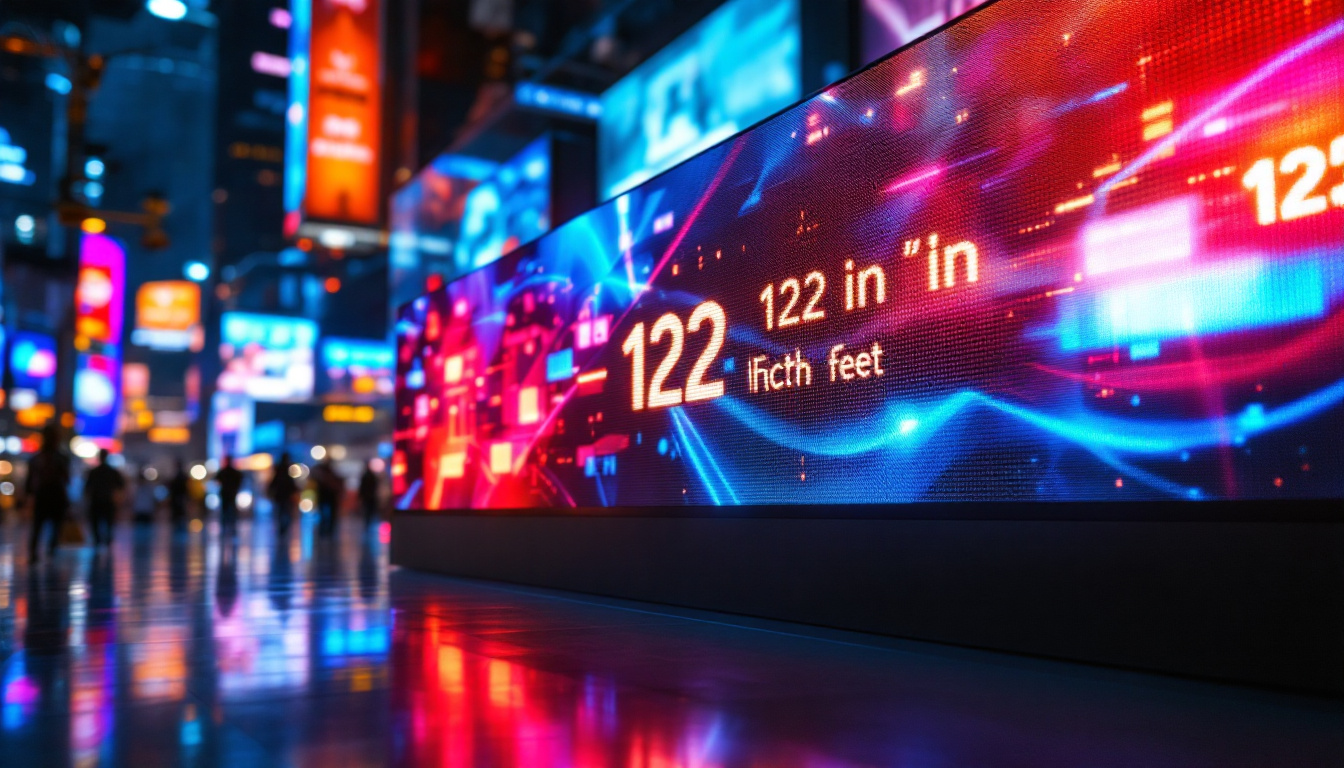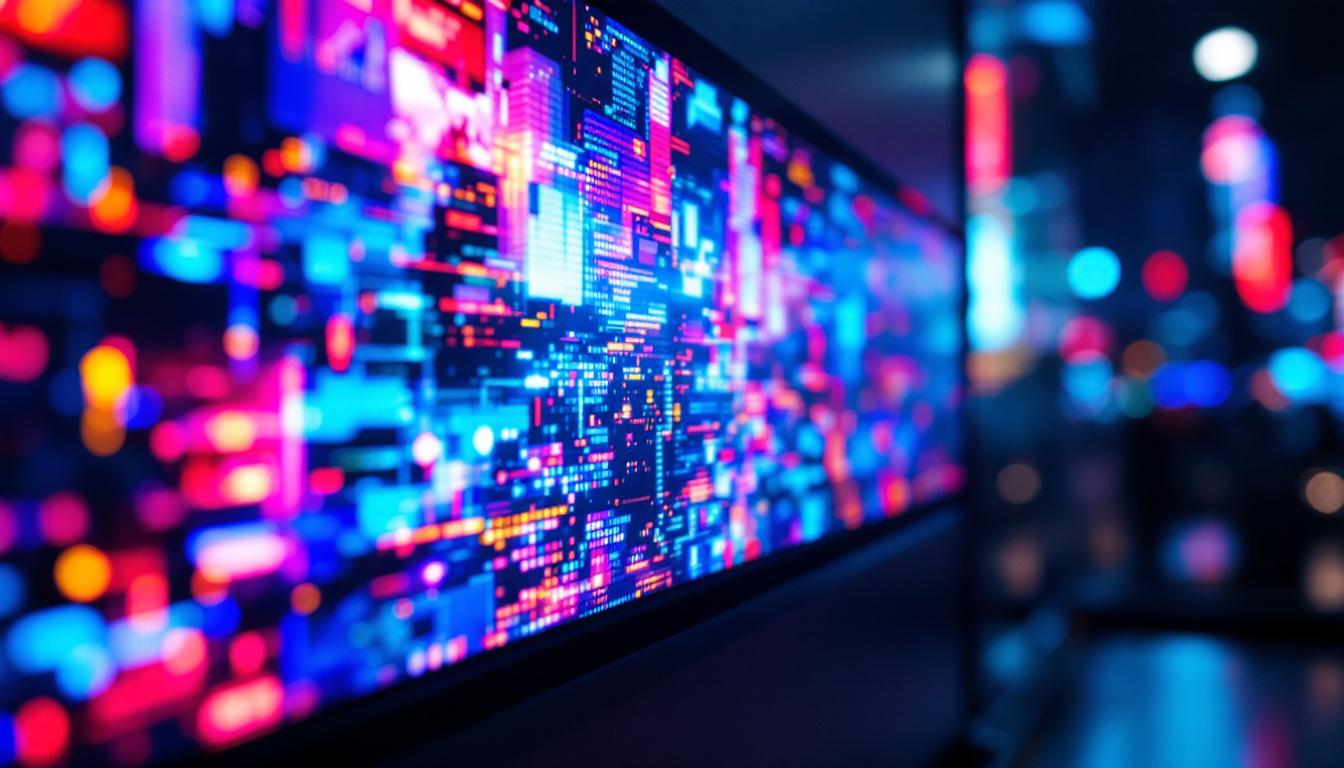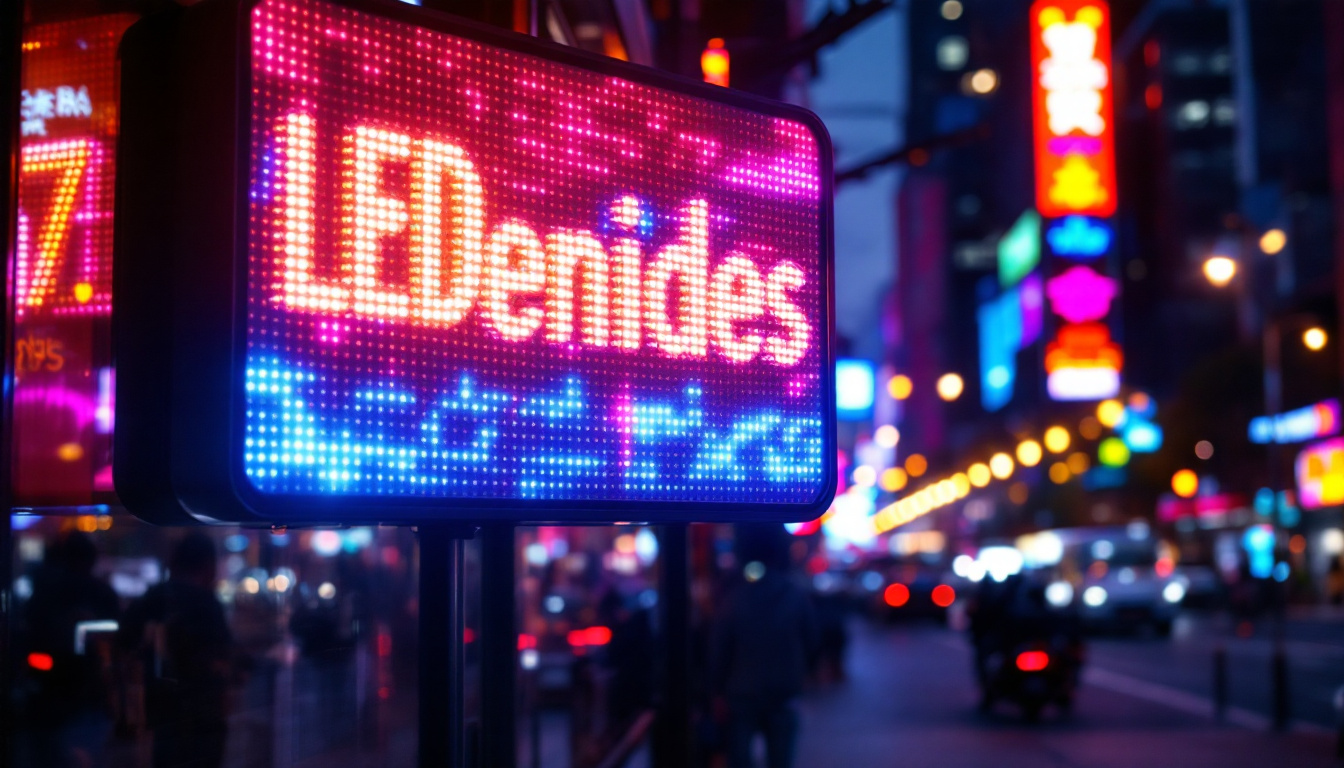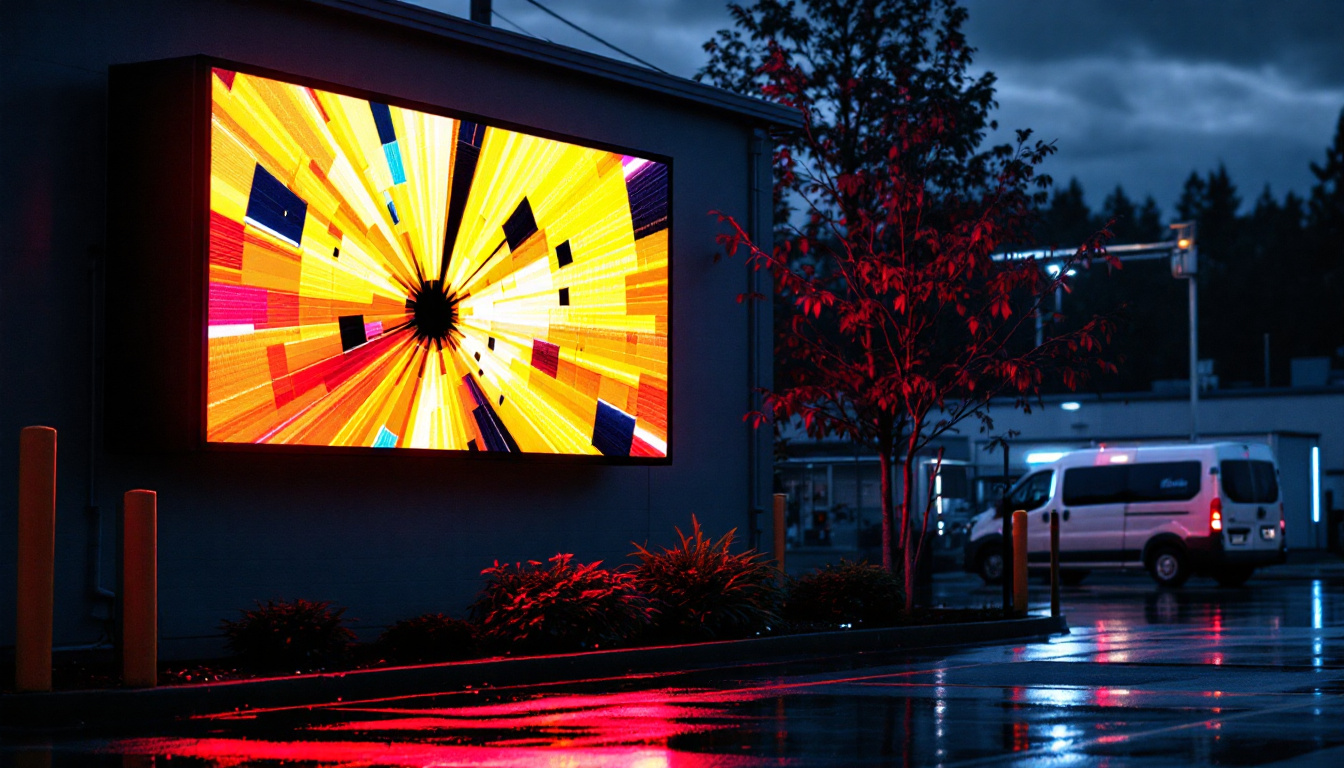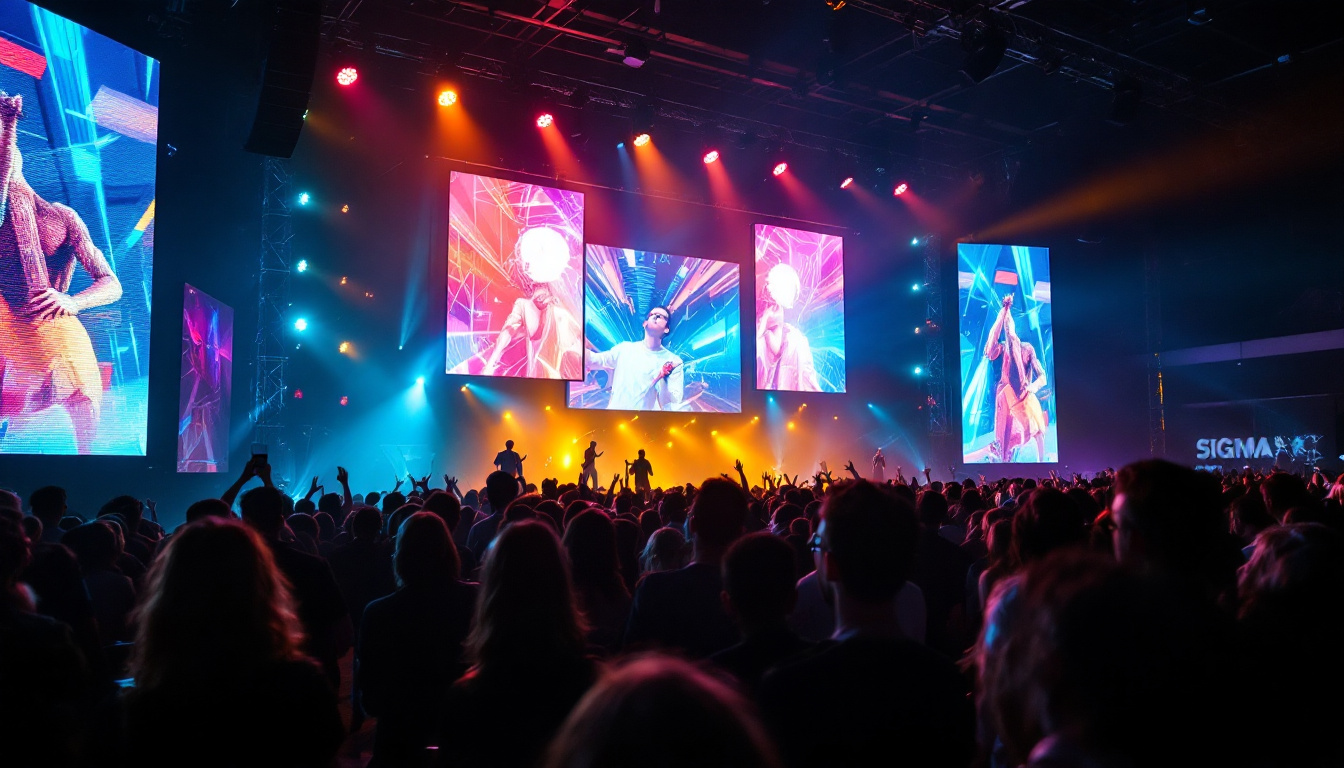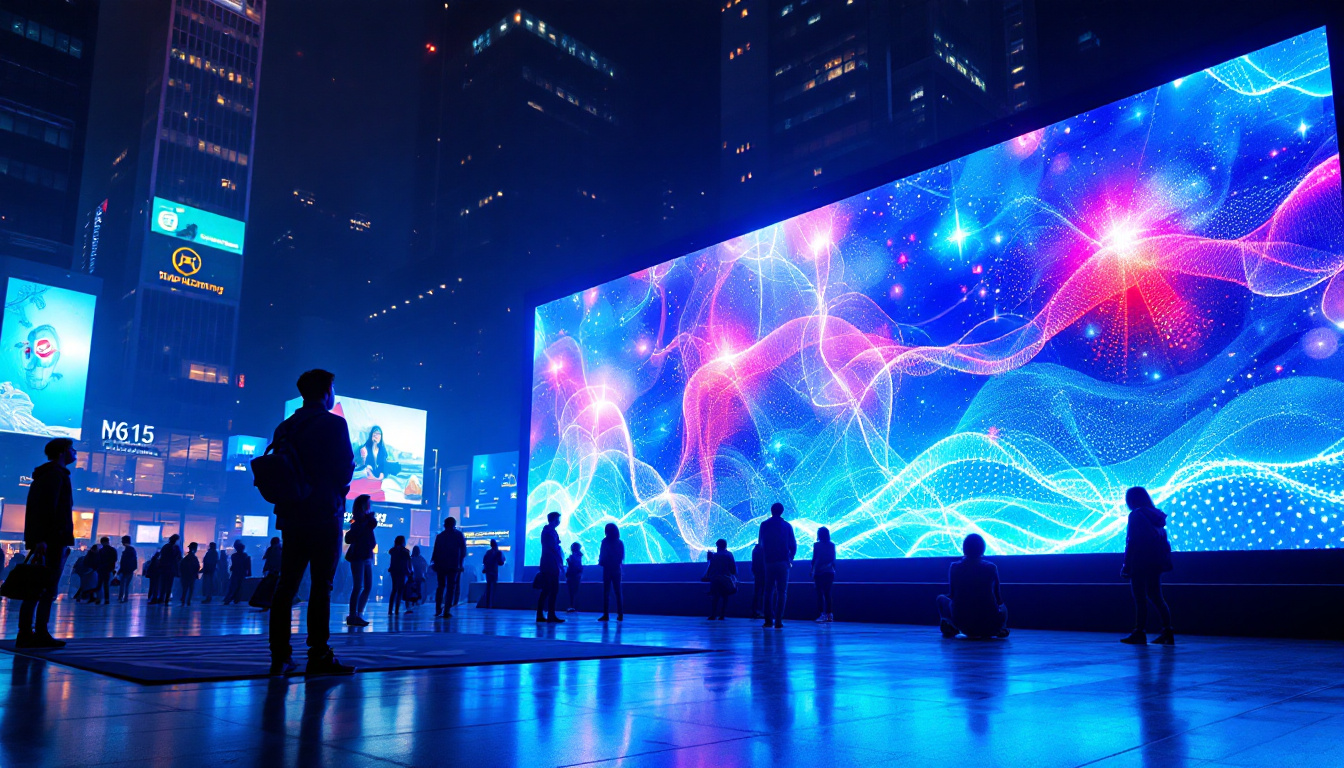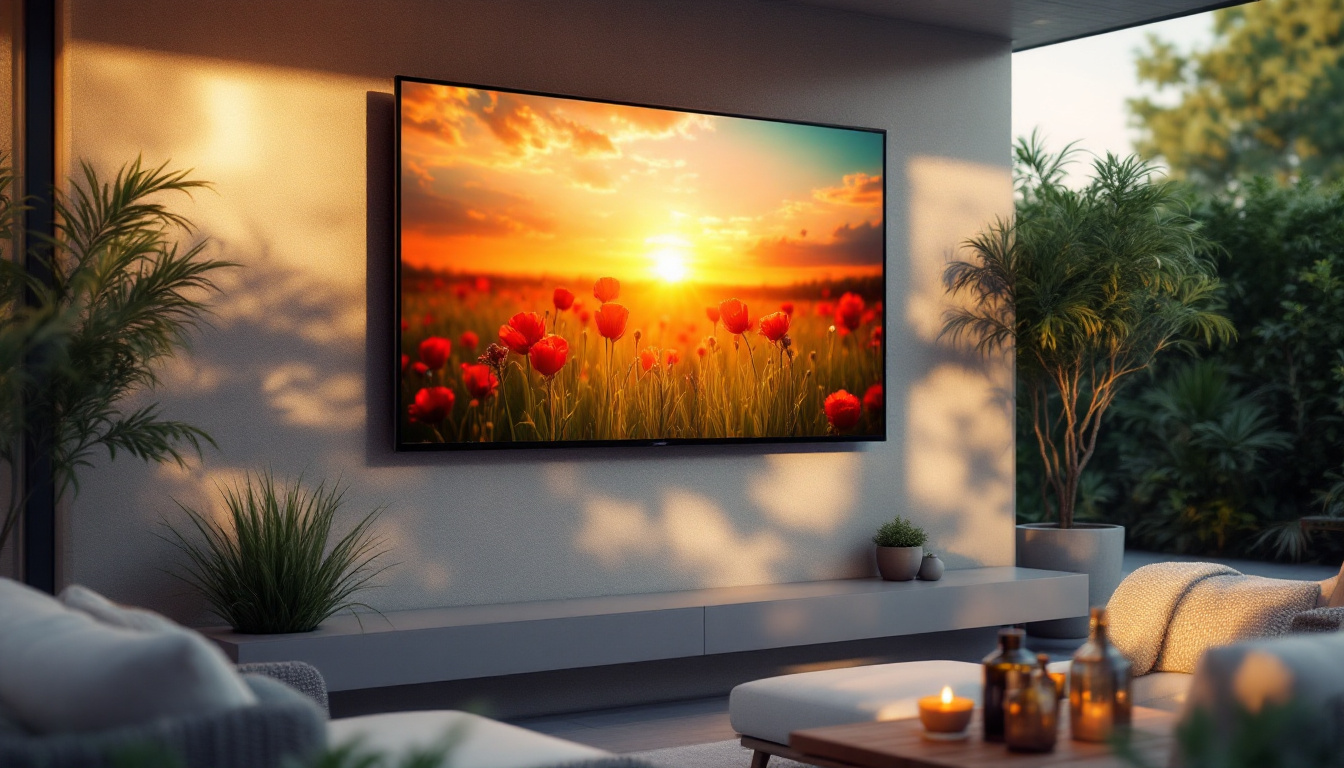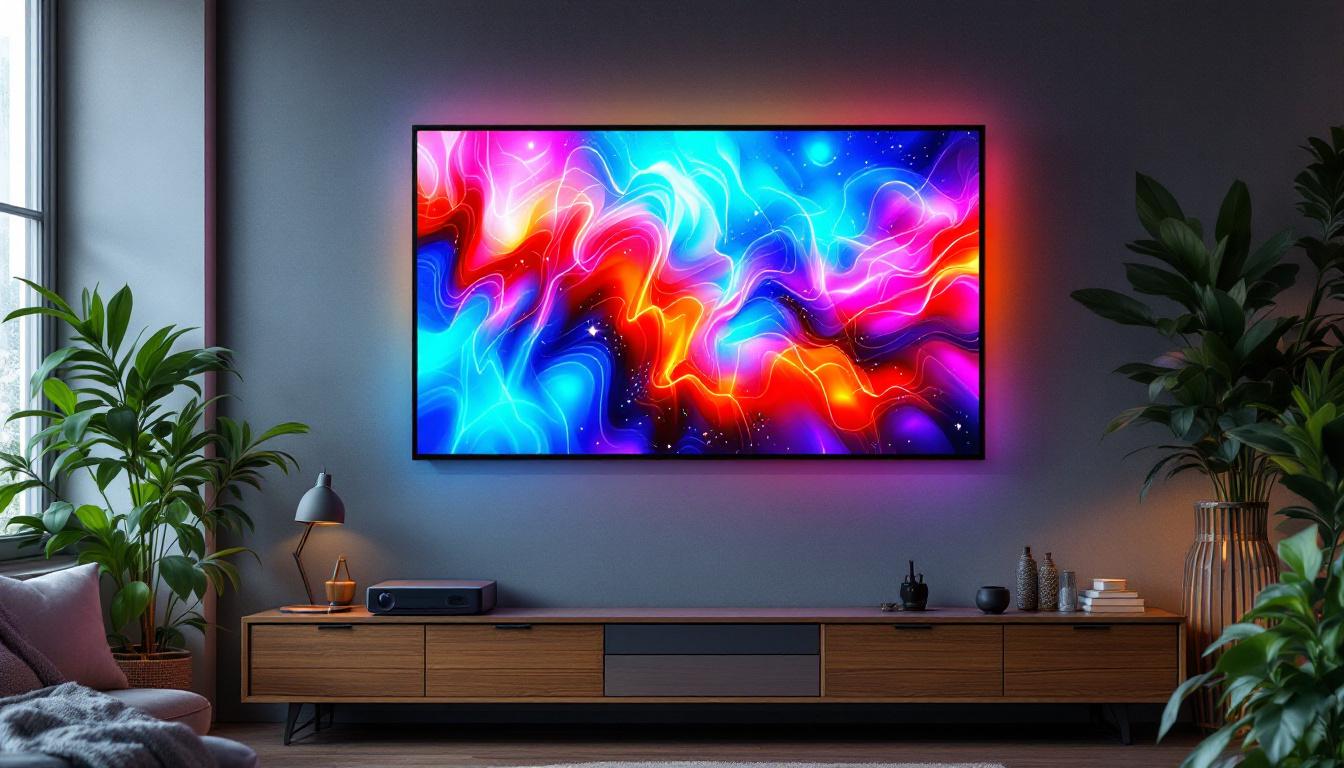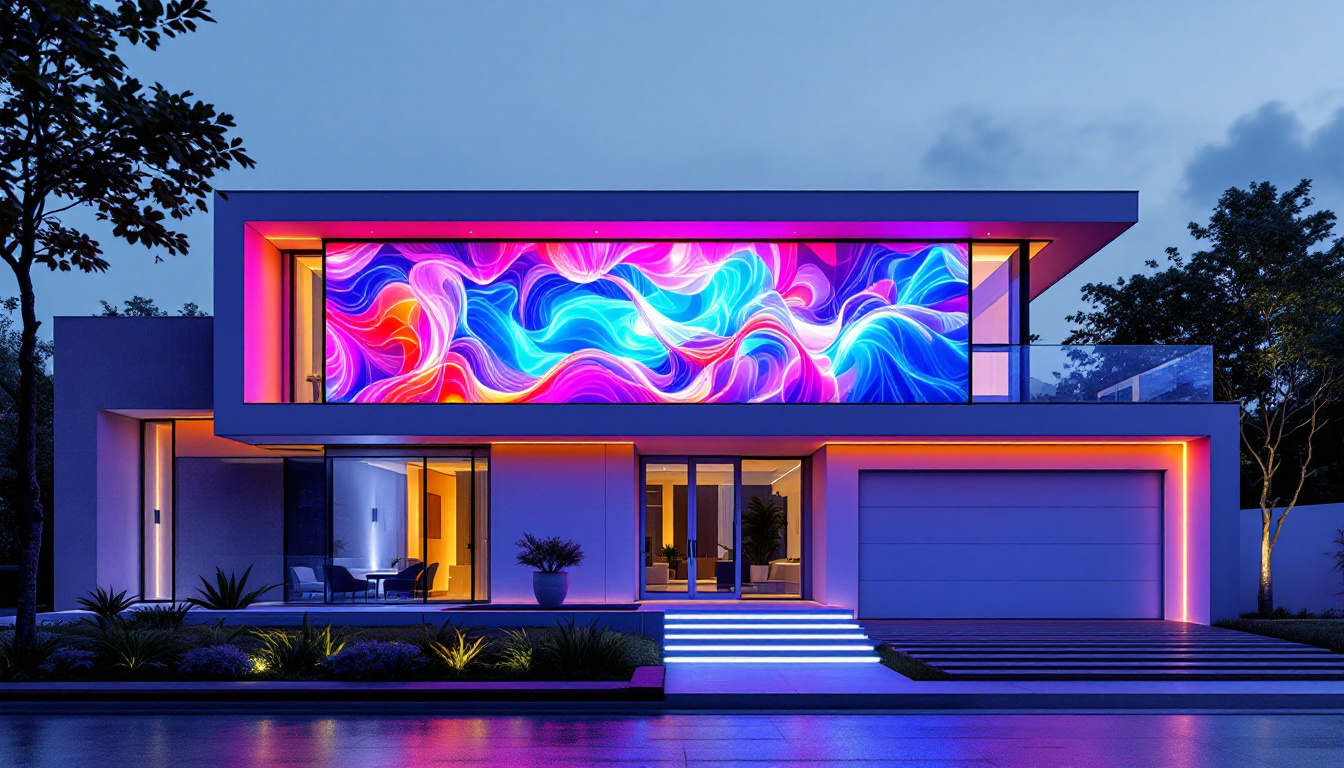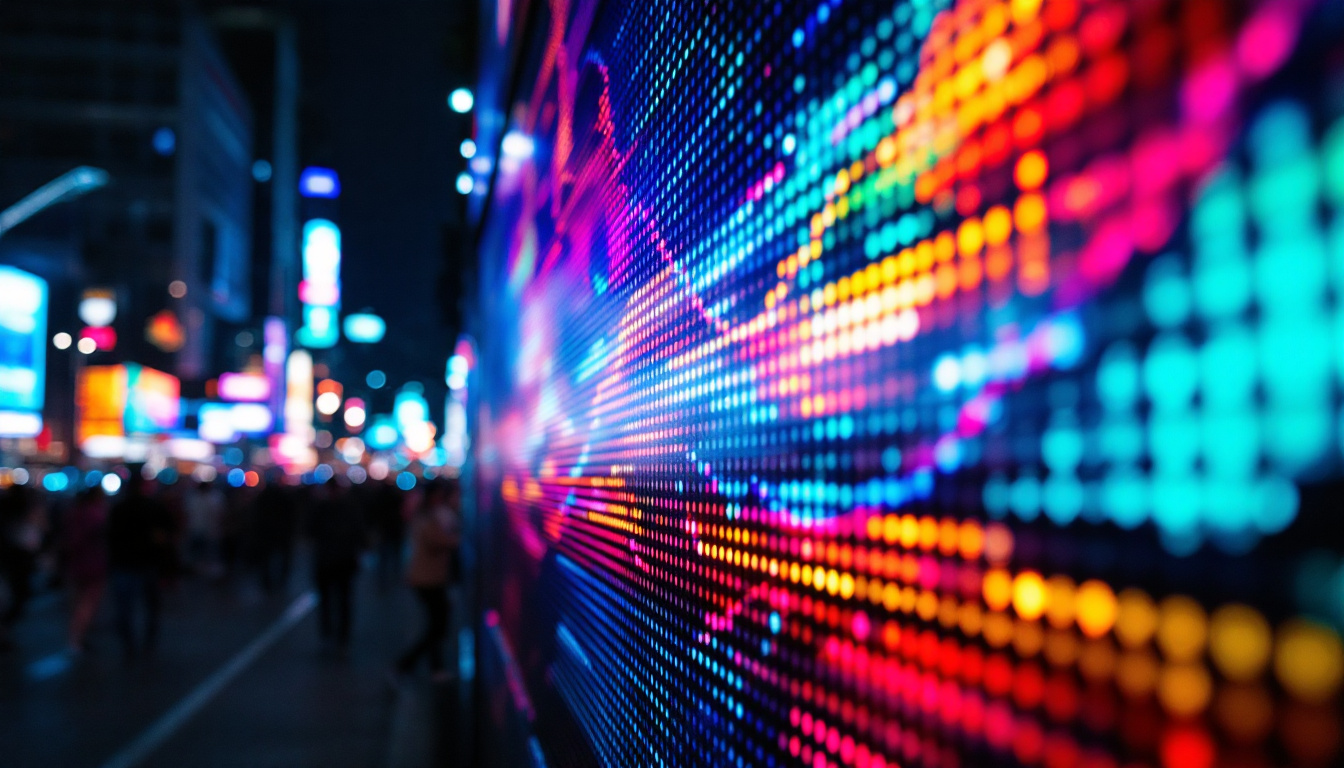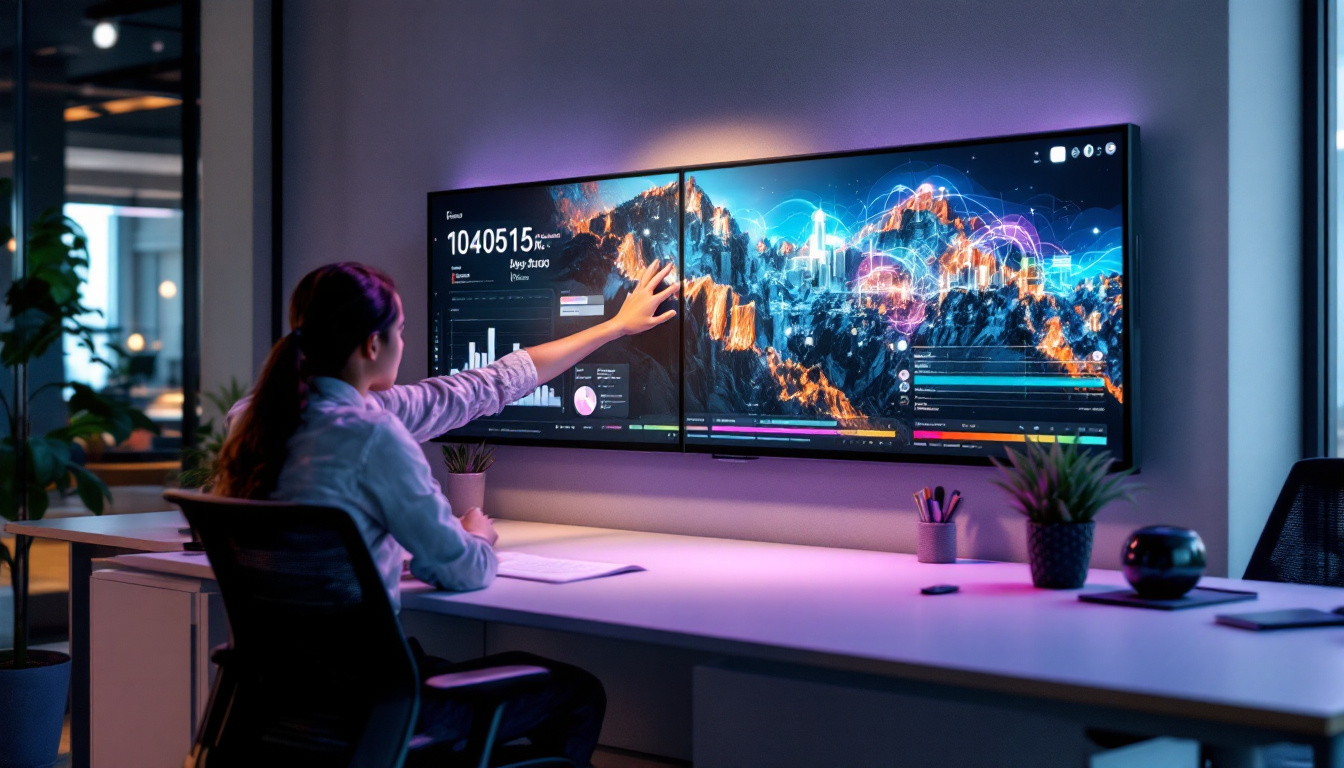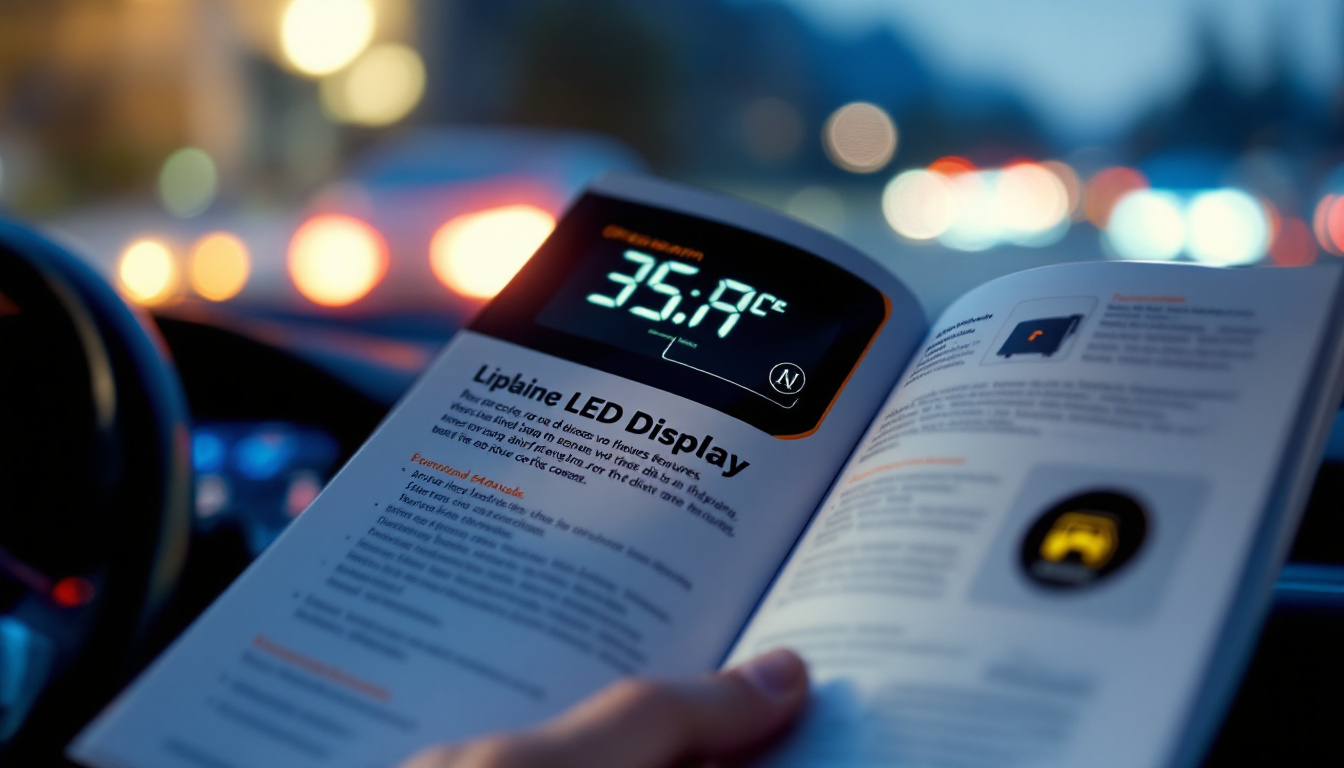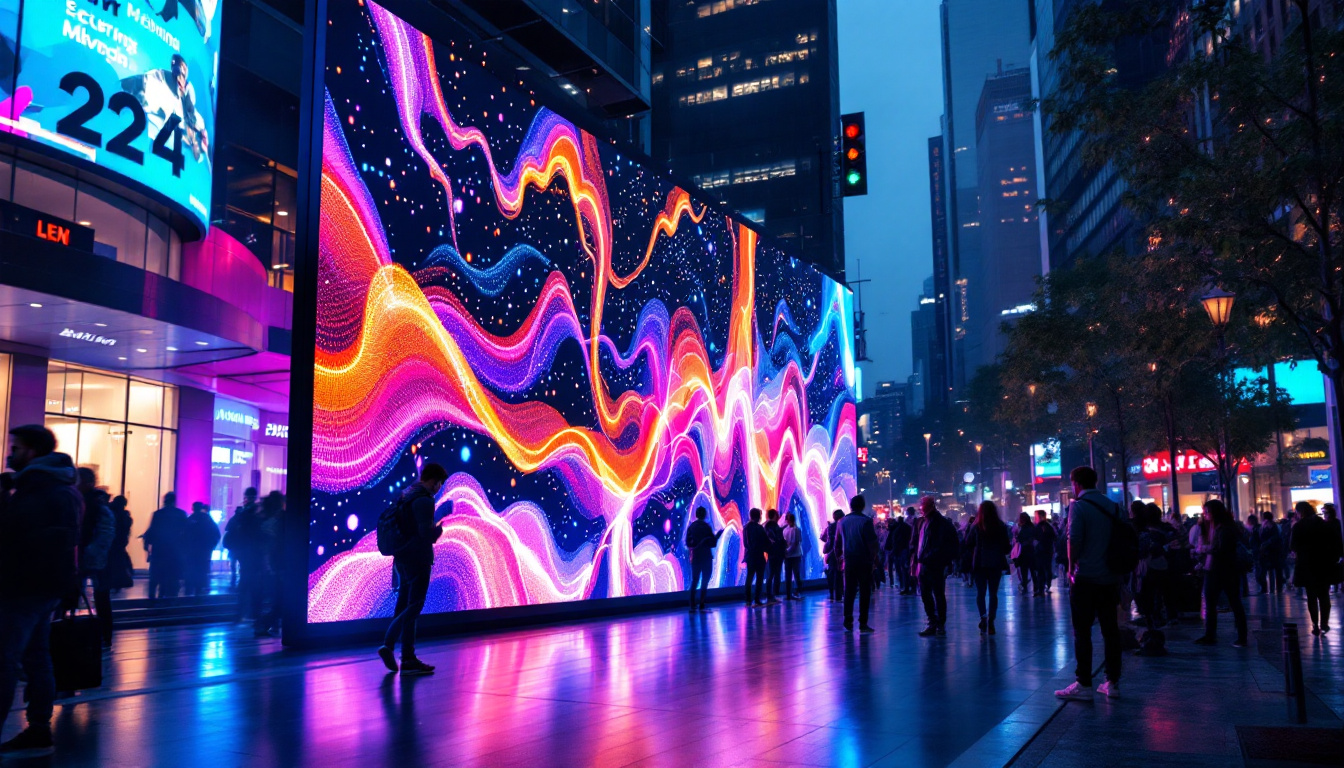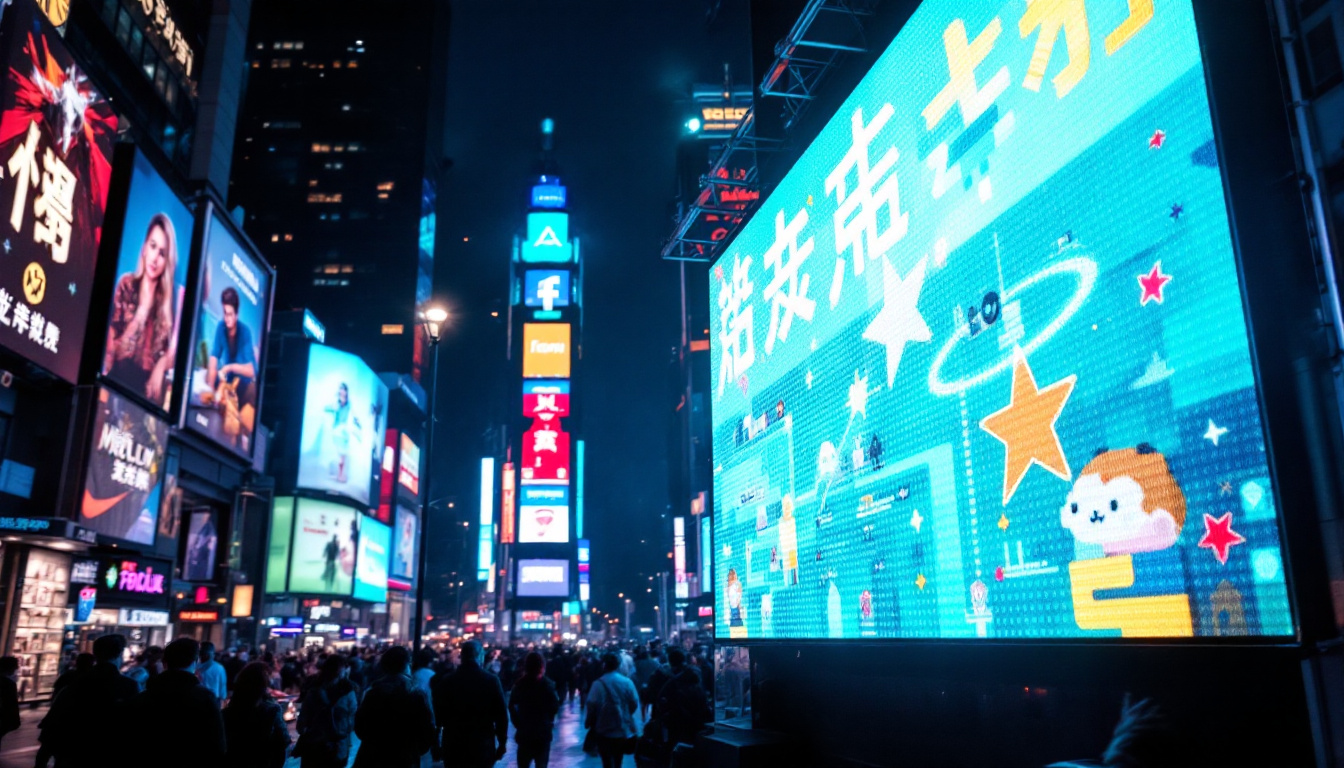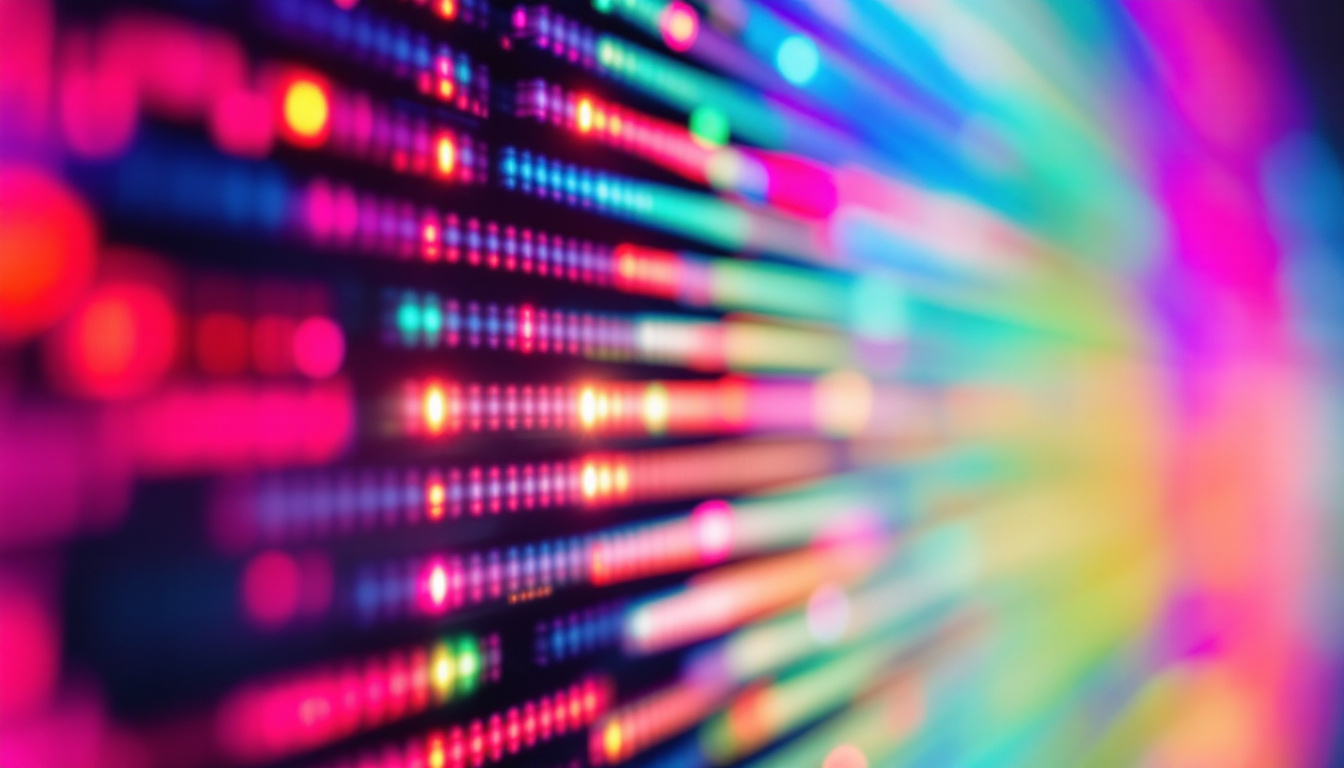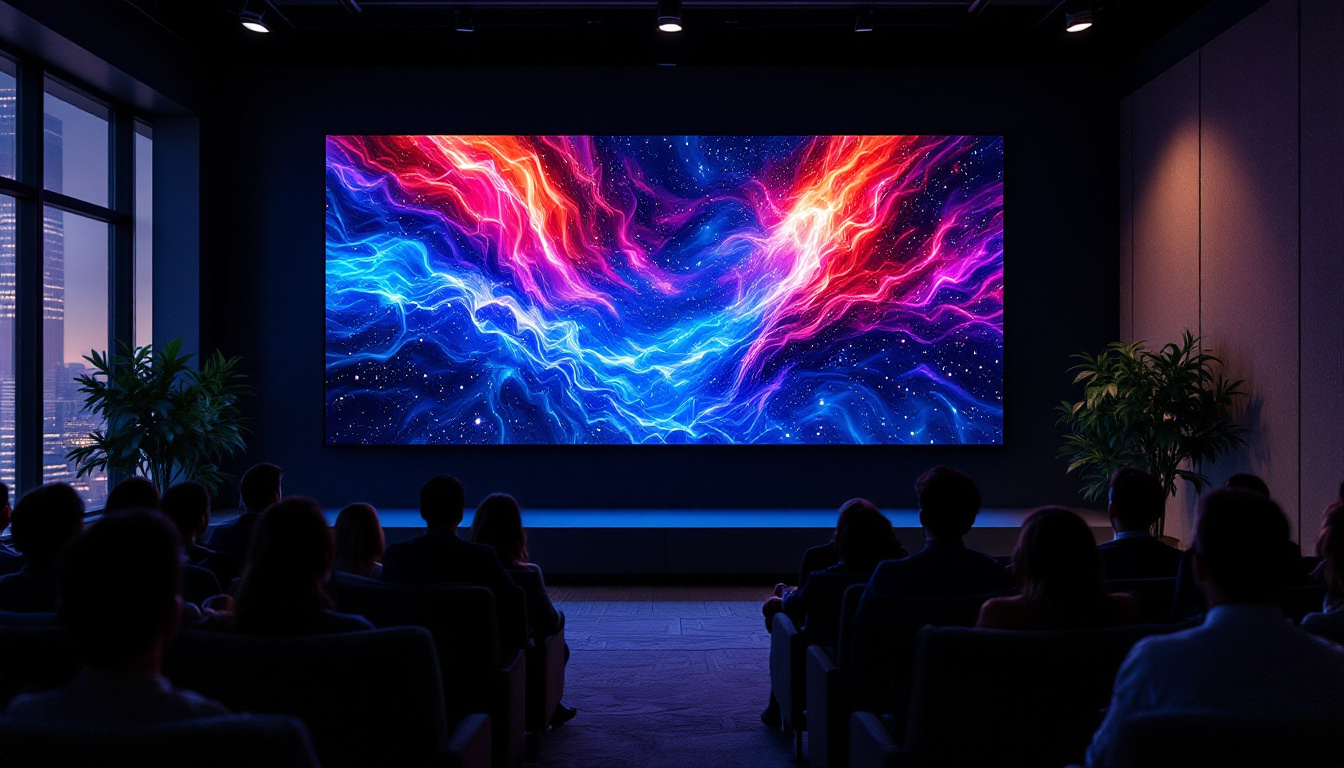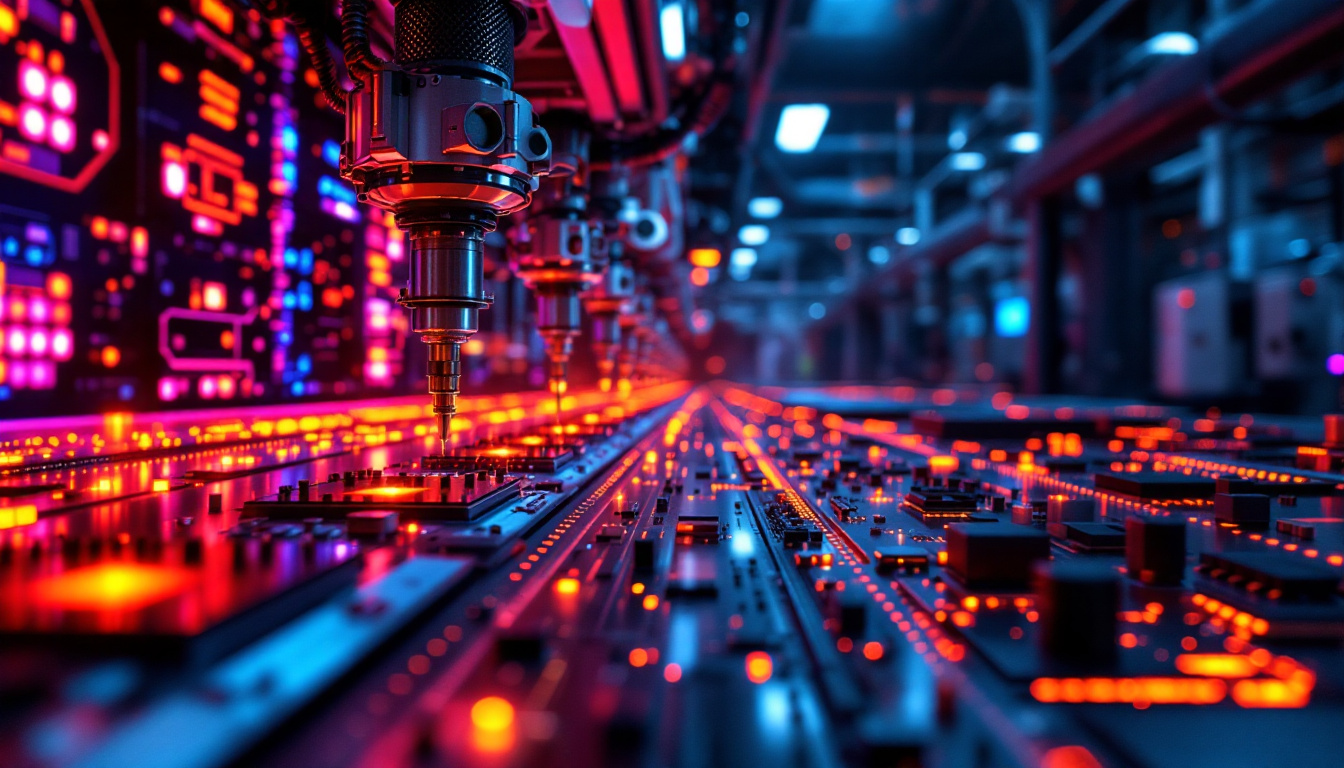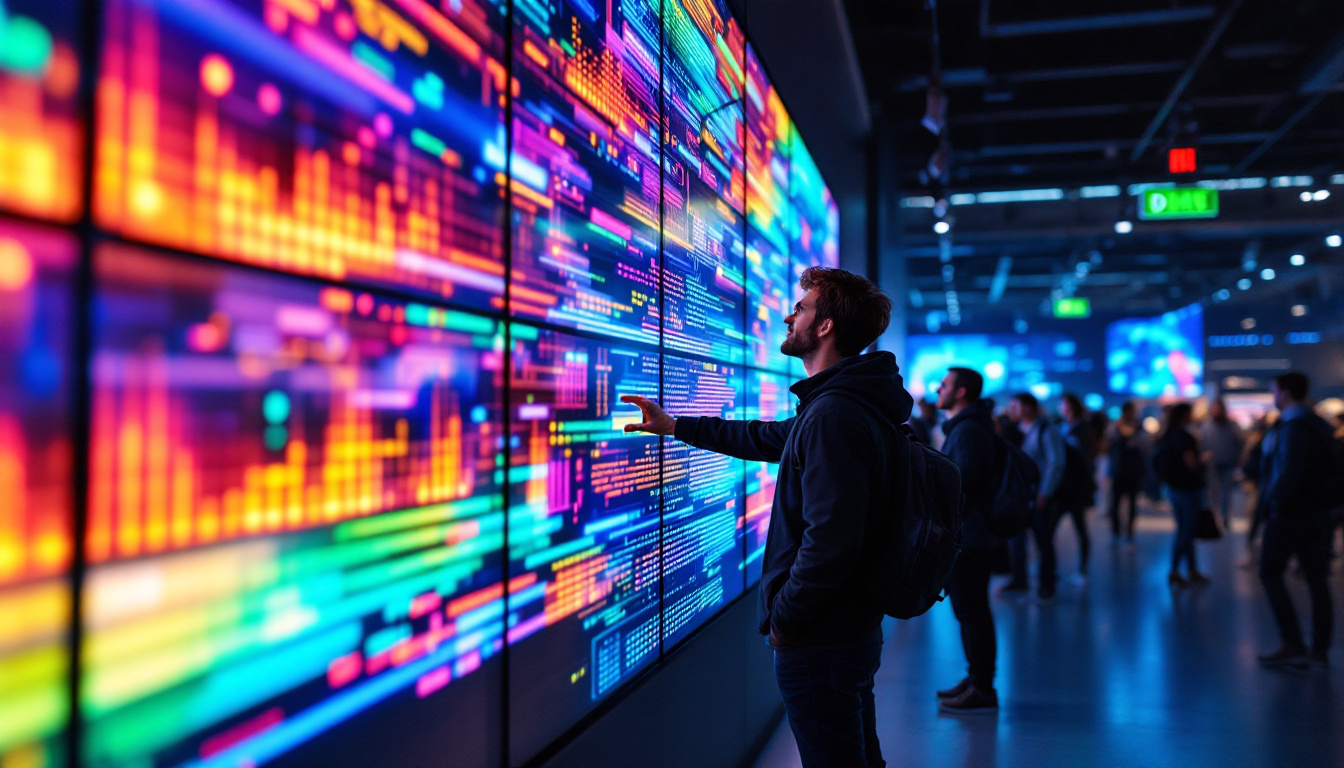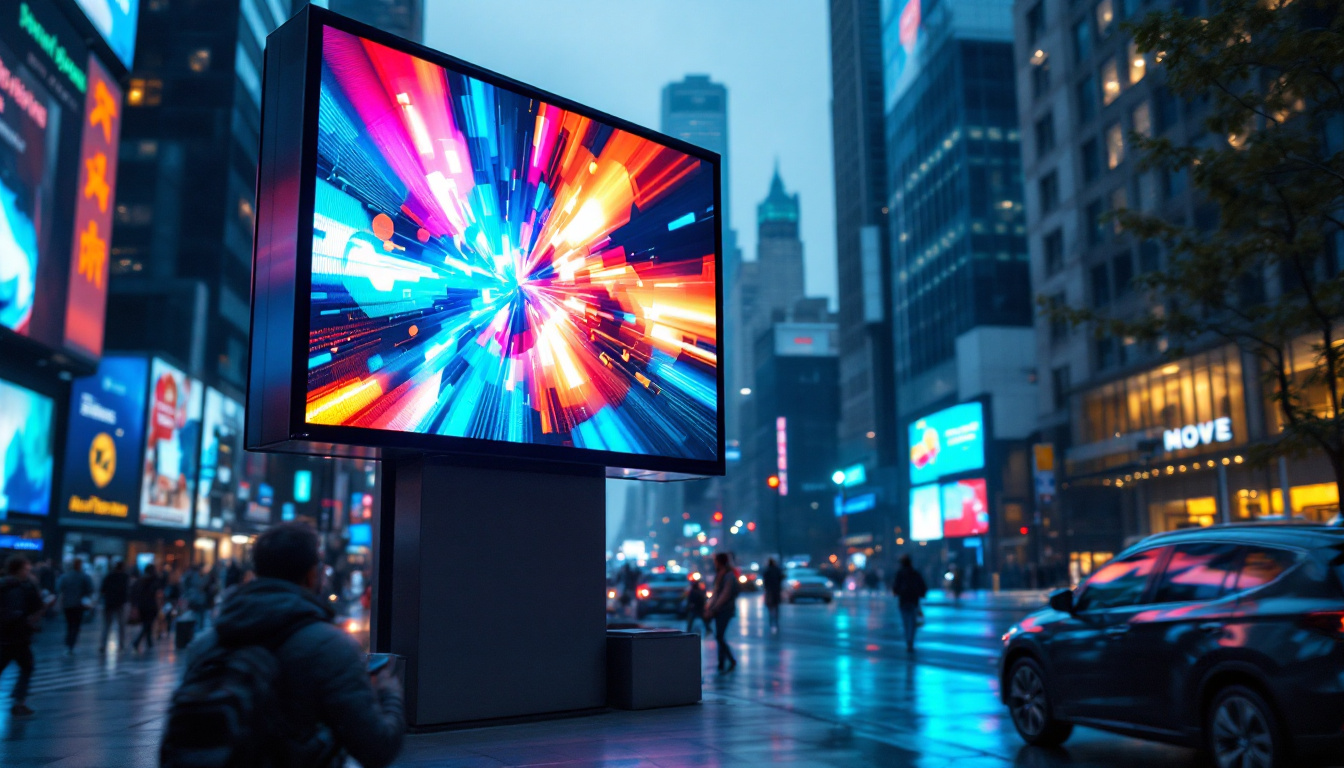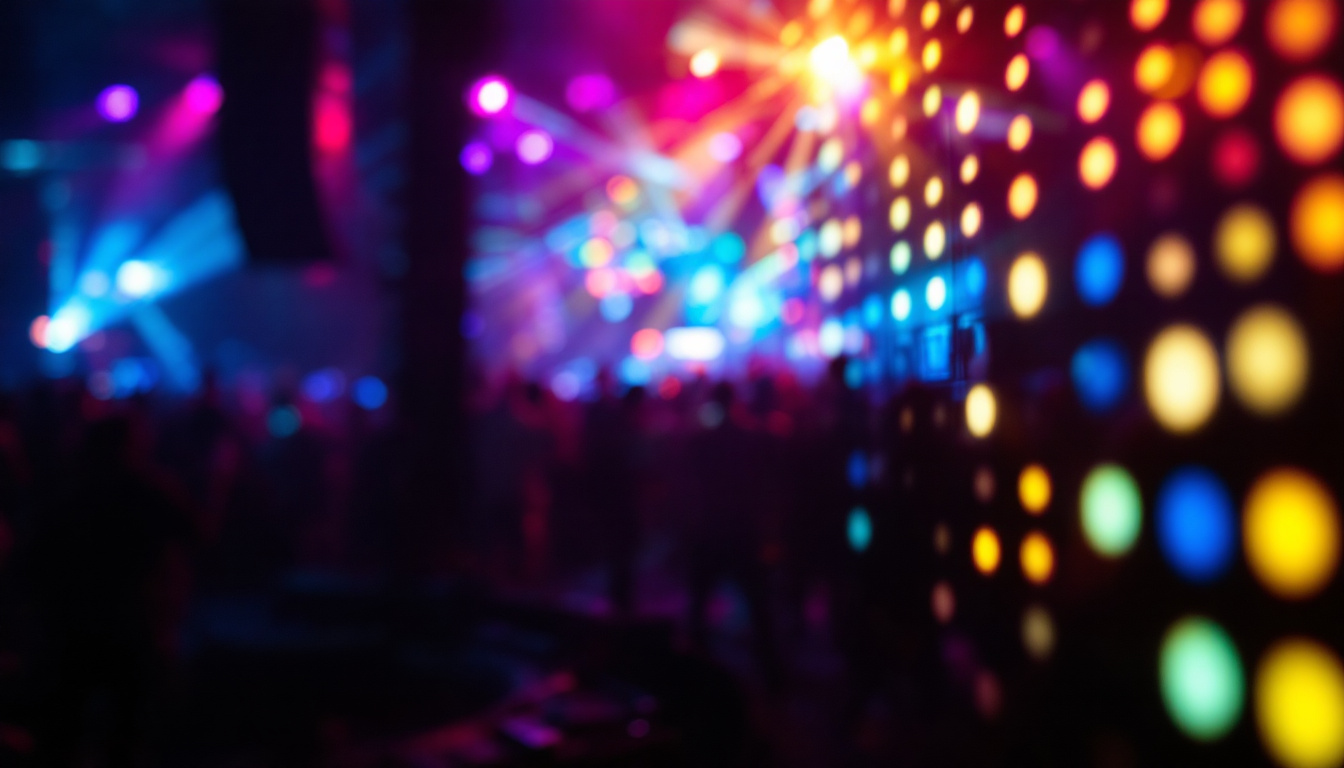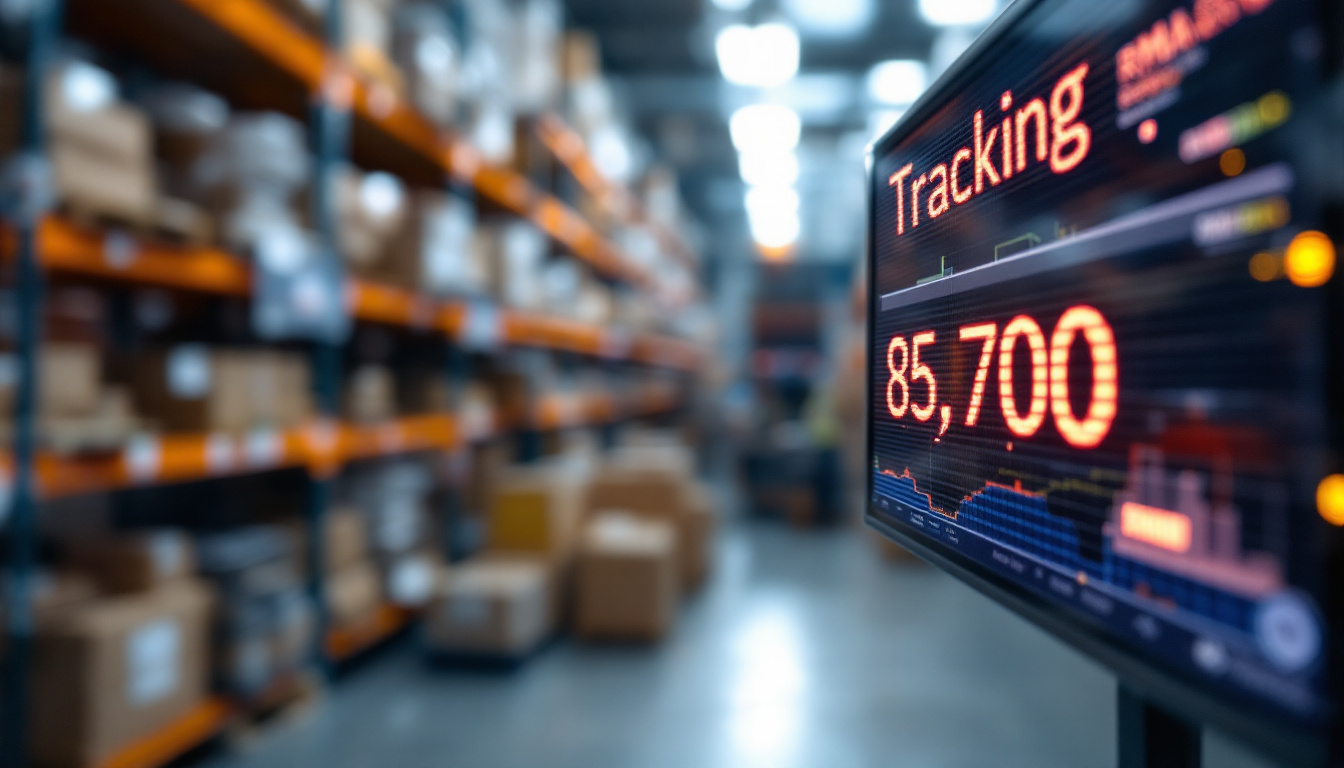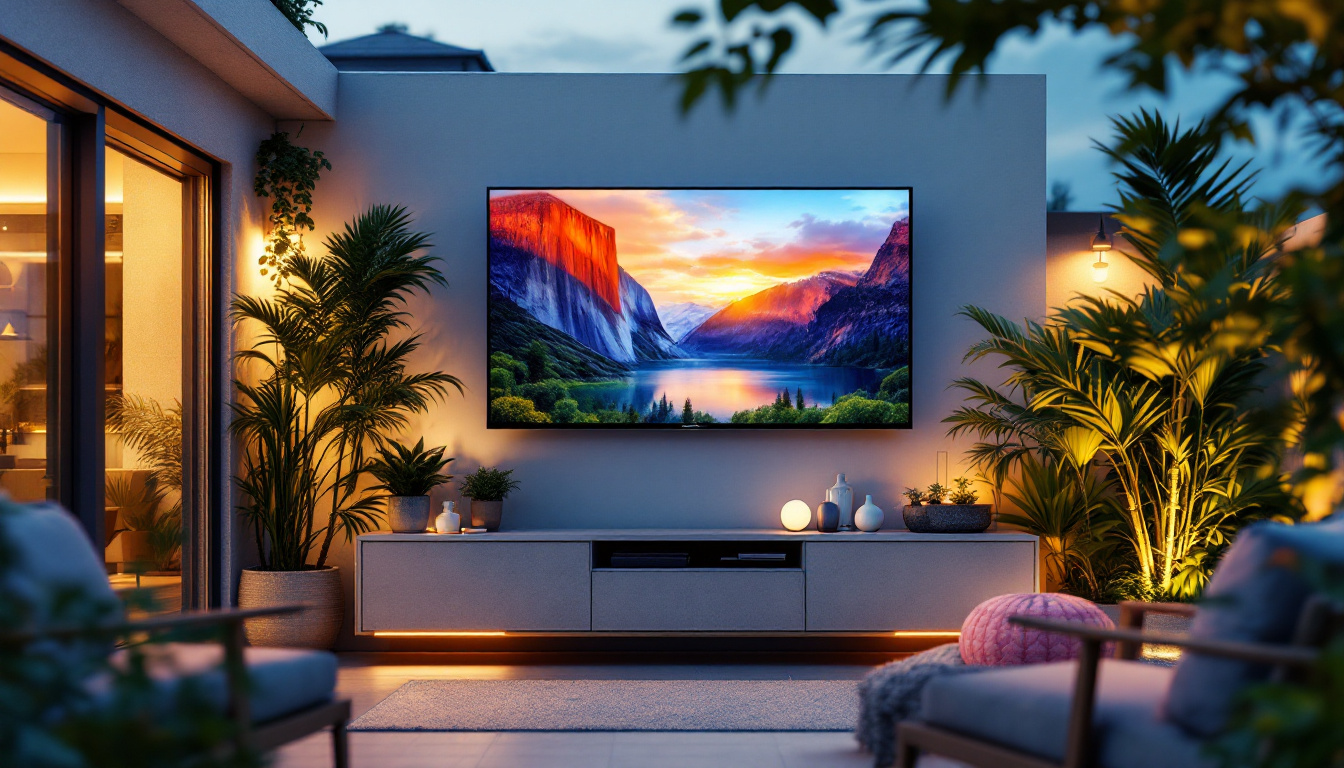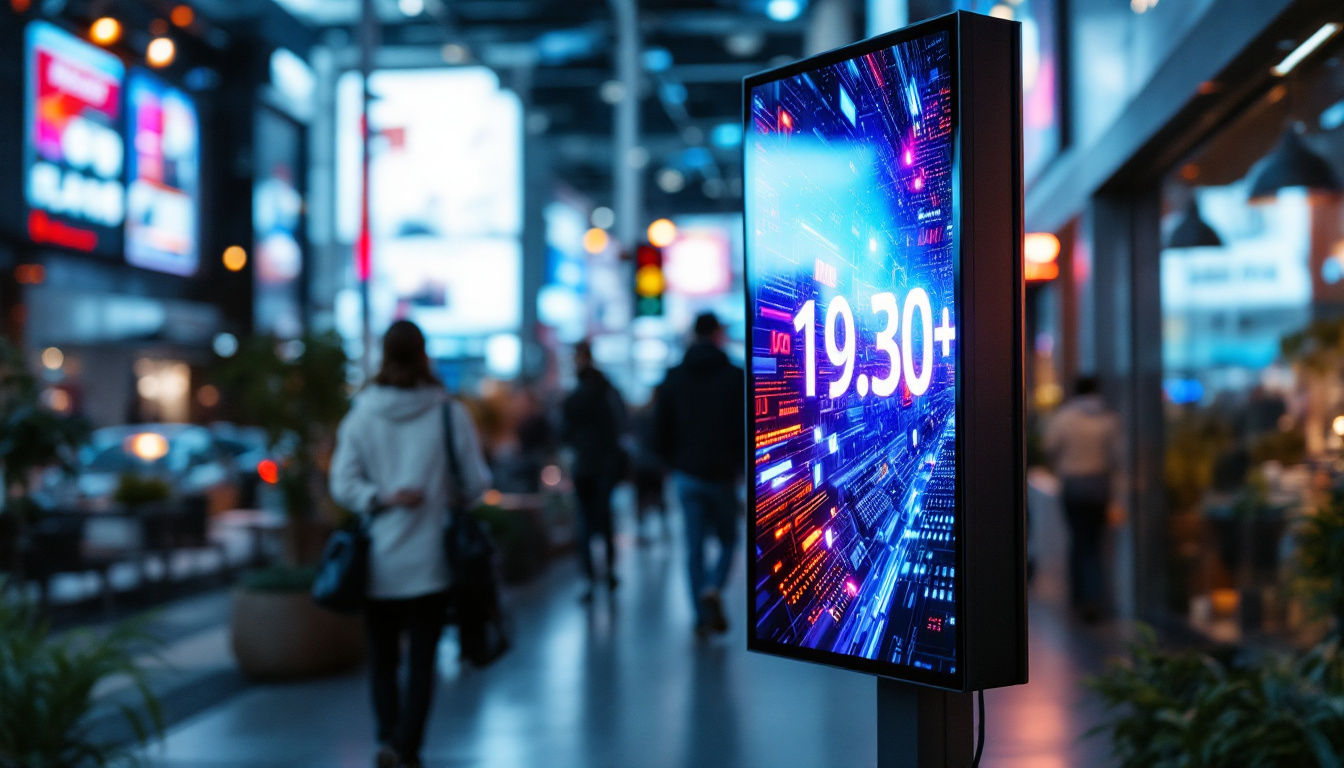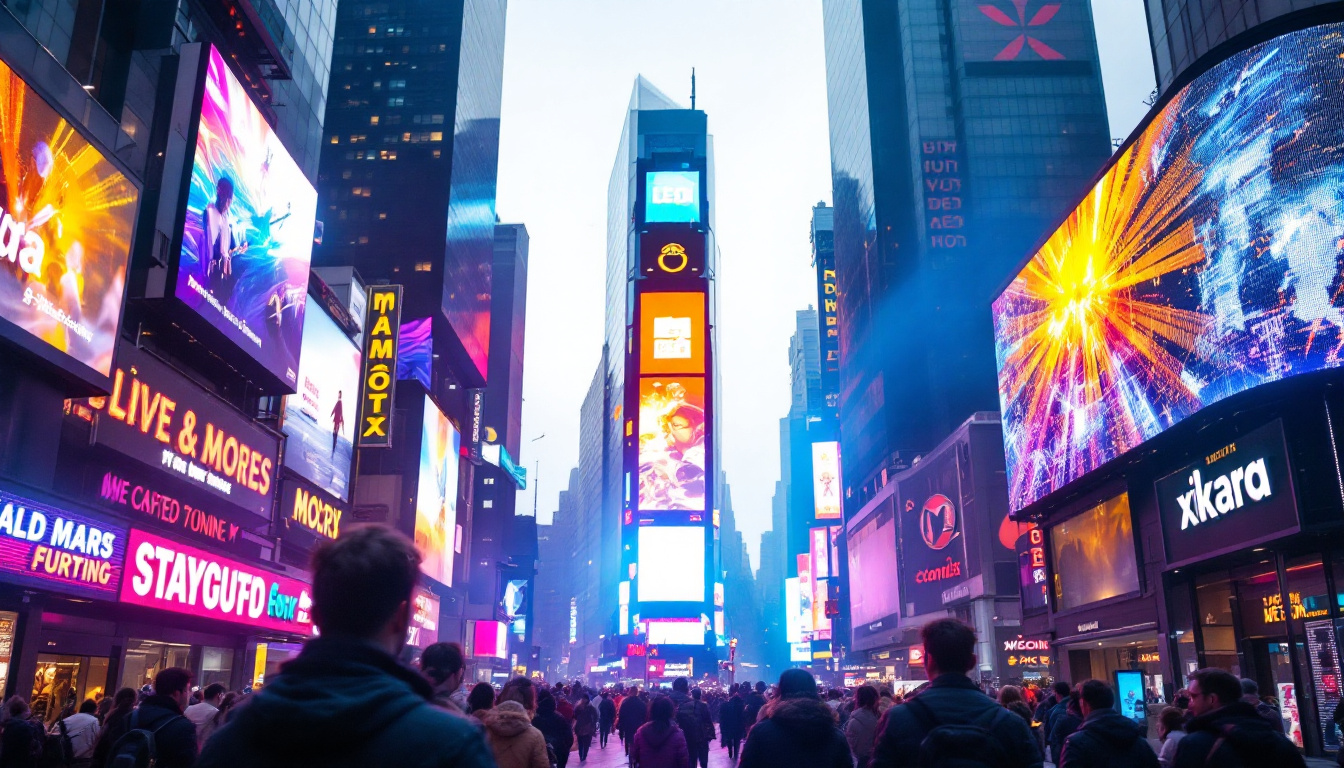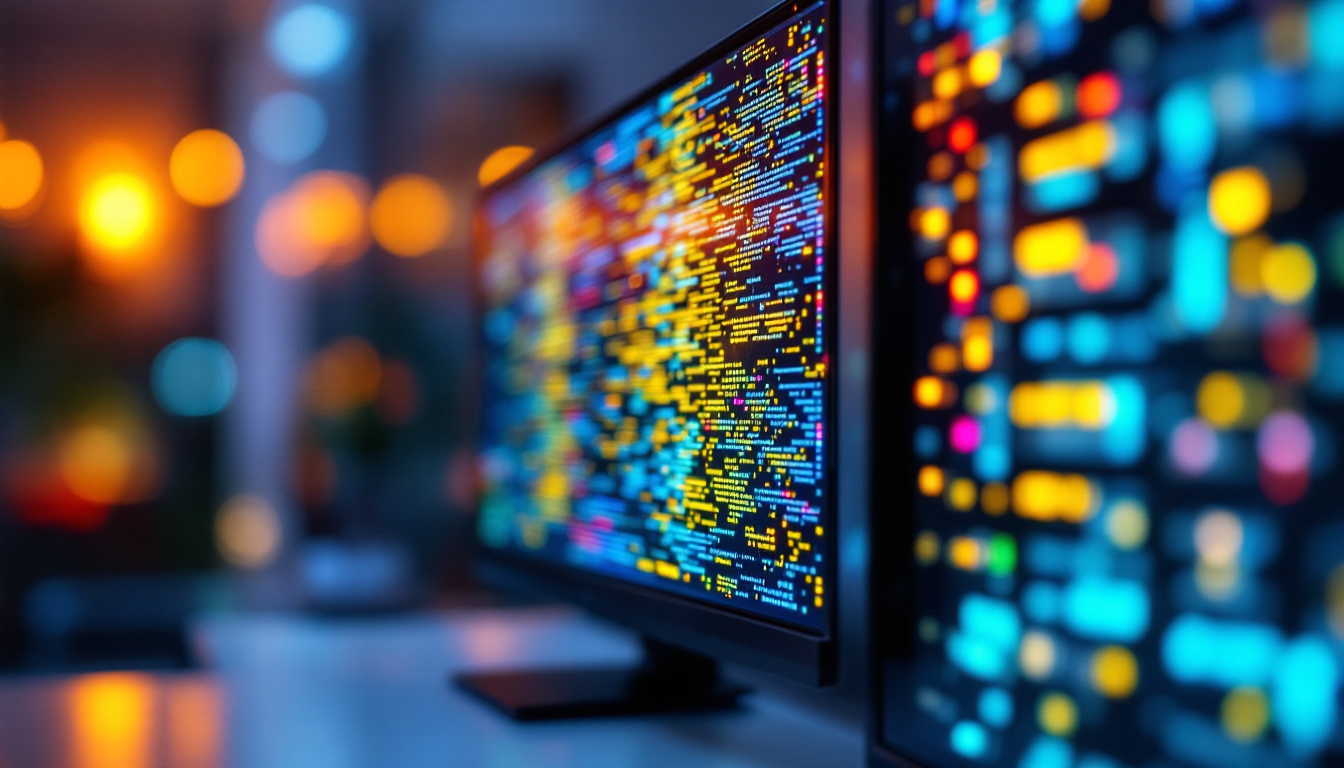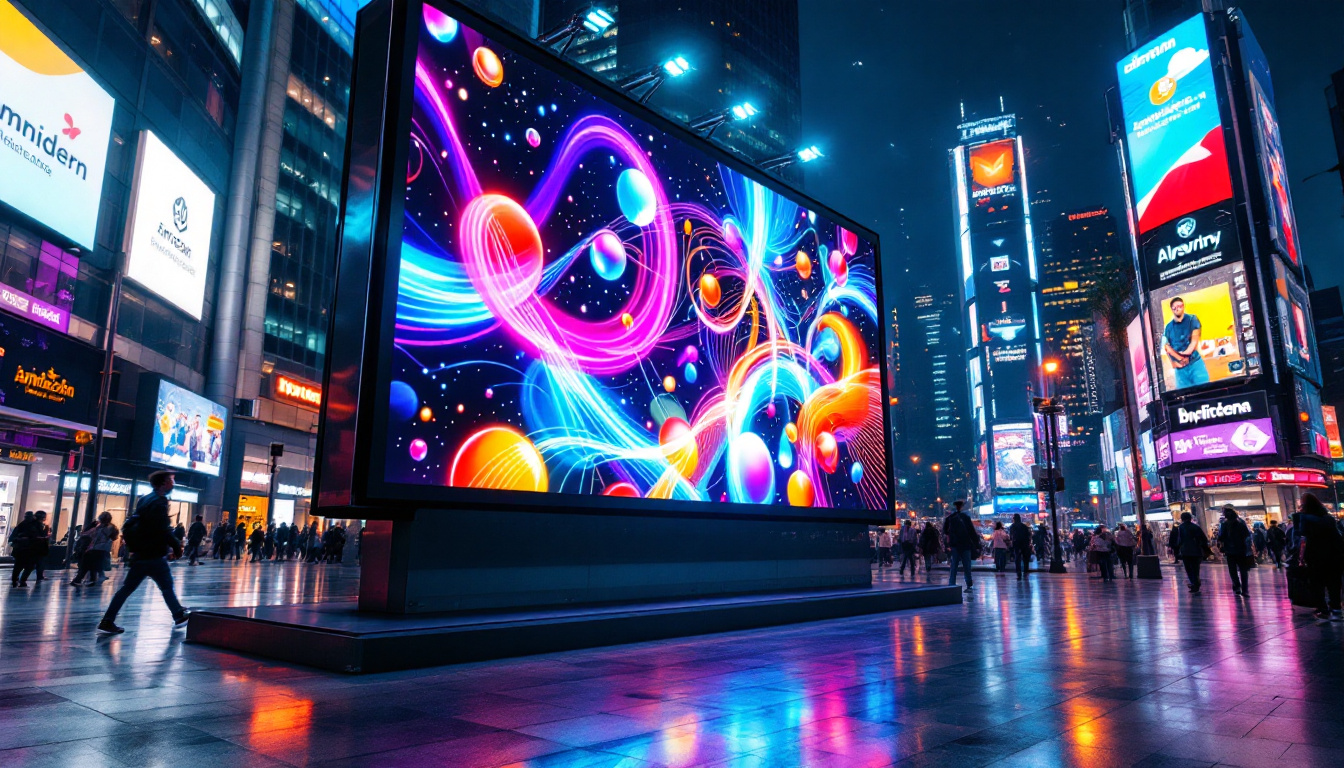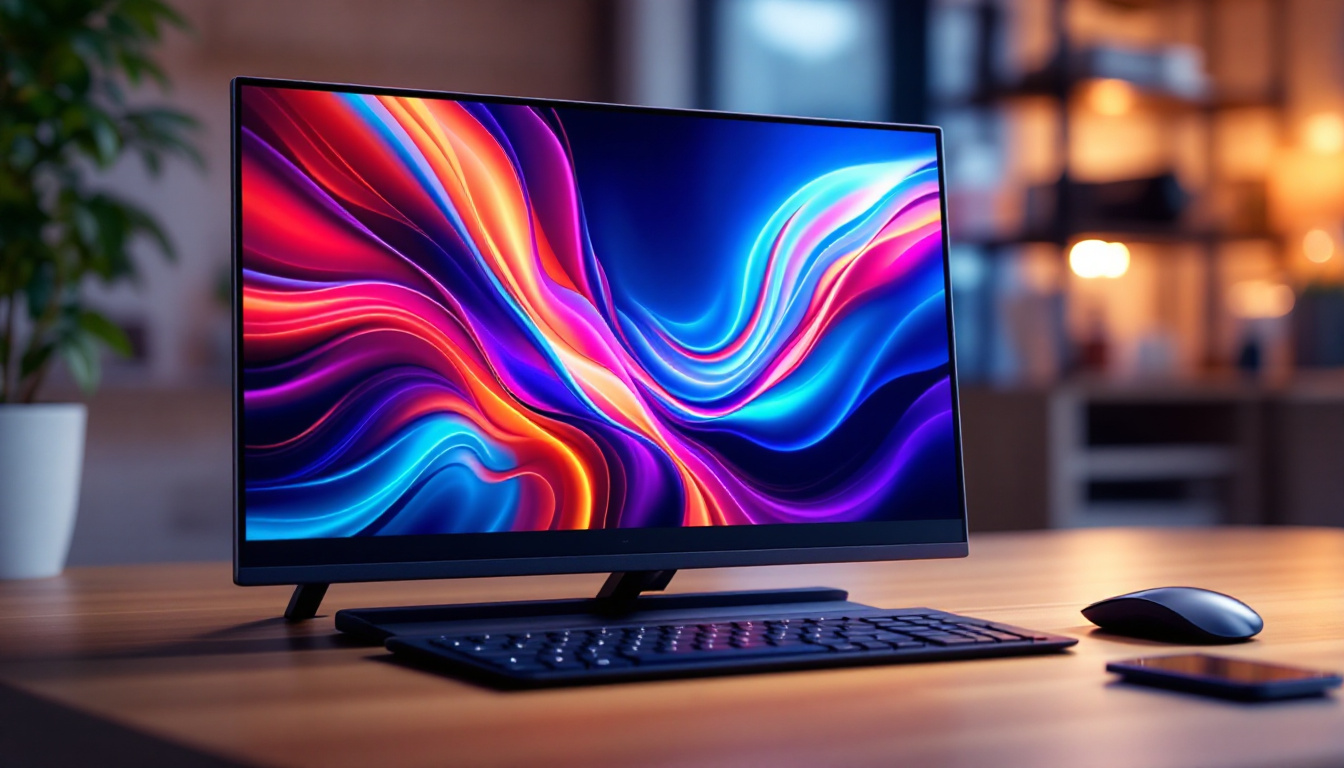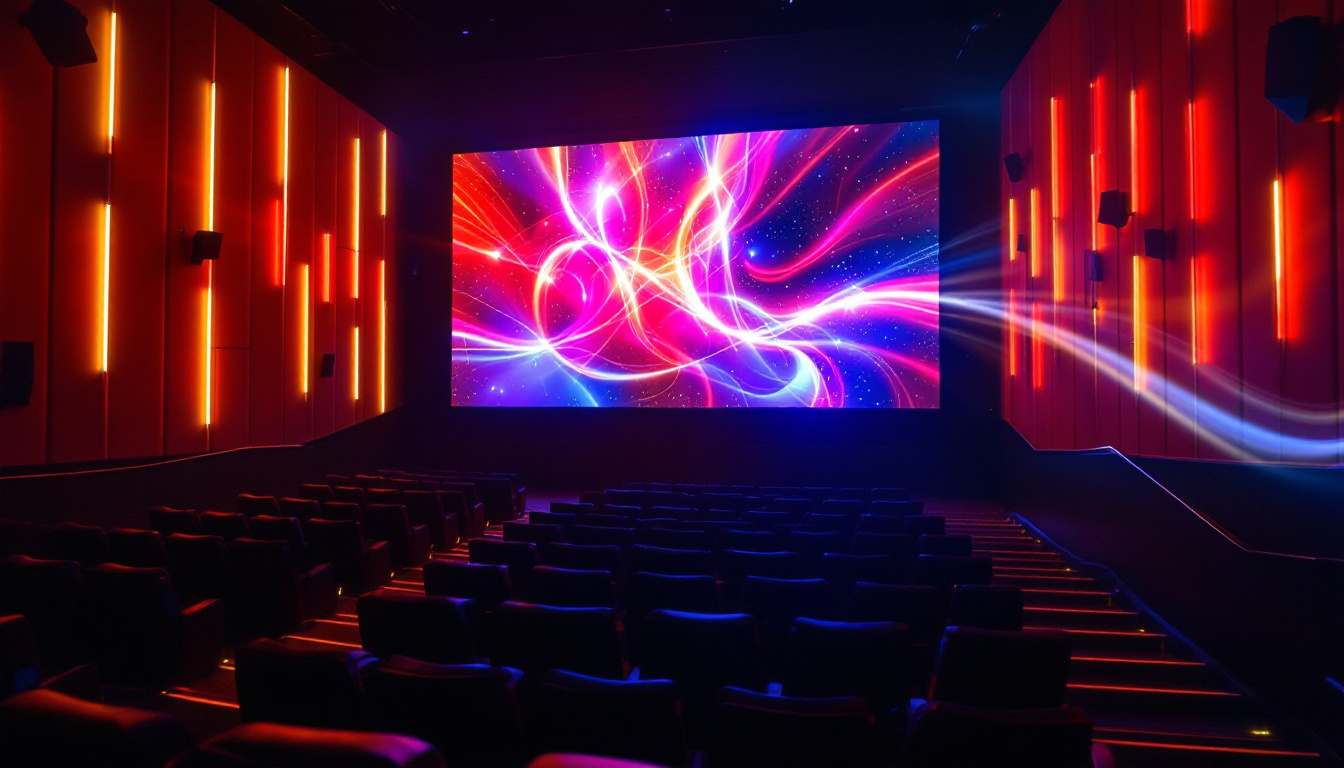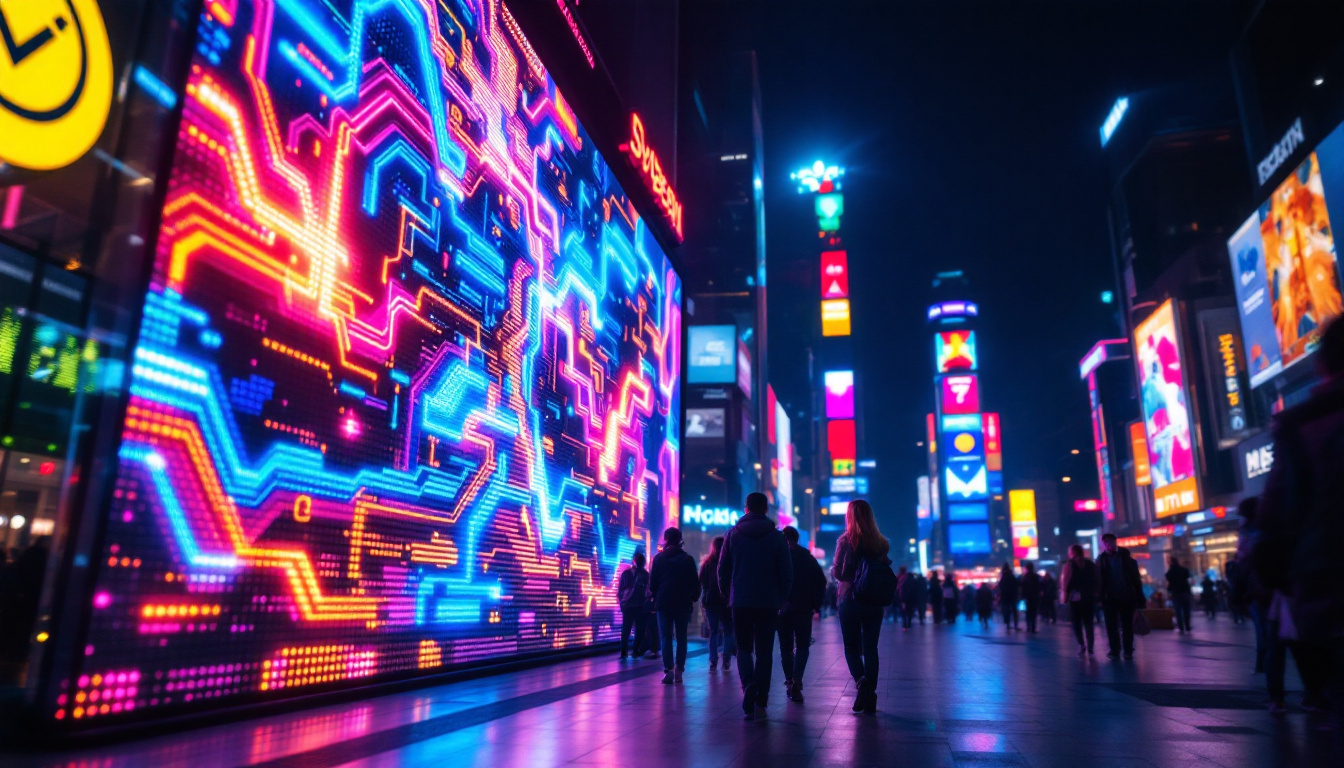In the world of technology, particularly in display systems, understanding measurements is crucial. When dealing with LED displays, the conversion from inches to feet can often be a point of confusion. This article will delve into the specifics of converting 122 inches to feet, while also exploring the significance of LED displays in various applications. By the end, readers will have a clearer understanding of both the measurement conversion and the practical implications of LED technology.
Understanding Measurement Conversions
Before diving into the specifics of LED displays, it is essential to grasp the basics of measurement conversions. The conversion from inches to feet is straightforward: there are 12 inches in a foot. Therefore, to convert inches to feet, one must divide the number of inches by 12.
Calculating 122 Inches in Feet
To convert 122 inches to feet, the calculation is simple:
122 inches ÷ 12 = 10.1667 feet
This means that 122 inches is equivalent to approximately 10.17 feet. Understanding this conversion is not just a matter of academic interest; it has practical implications in fields ranging from construction to digital displays.
Importance of Accurate Measurements
Accurate measurements are vital in various industries. For instance, in construction, knowing the exact dimensions can impact the structural integrity of a building. Similarly, in the realm of digital displays, precise measurements ensure that screens fit within designated spaces and deliver optimal viewing experiences.
In the case of LED displays, the size of the screen can affect everything from visibility to the overall aesthetic of a space. Thus, understanding how to convert and interpret these measurements is essential for designers, architects, and consumers alike.
Moreover, the significance of accurate measurements extends to the realm of product manufacturing. For example, when creating custom LED displays for specific environments, such as retail stores or event venues, the dimensions must be meticulously calculated to ensure that the display not only fits but also enhances the overall design of the space. A well-measured display can draw attention and engage customers, making it a crucial element in marketing strategies.
Additionally, in the world of sports and entertainment, the size of LED screens plays a pivotal role in delivering an immersive experience. From stadiums to concert venues, the ability to convert measurements accurately ensures that screens are positioned at optimal heights and distances, allowing audiences to enjoy clear visuals regardless of their seating location. This attention to detail can significantly enhance the viewer’s experience, making it a key consideration for event planners and venue managers.
The Rise of LED Displays
LED (Light Emitting Diode) technology has revolutionized the way visual information is presented. From televisions to billboards, LED displays are now ubiquitous. Their popularity can be attributed to several factors, including energy efficiency, brightness, and versatility.
Energy Efficiency and Longevity
One of the primary advantages of LED displays is their energy efficiency. Compared to traditional lighting technologies, LEDs consume significantly less power, making them a more sustainable option. This efficiency translates into lower electricity bills and a reduced carbon footprint.
Moreover, LED displays have a longer lifespan than their traditional counterparts. While incandescent bulbs may last around 1,000 hours, LED lights can last up to 25,000 hours or more. This longevity not only reduces the frequency of replacements but also contributes to overall cost savings. Additionally, the reduced need for replacements means less waste in landfills, aligning with global efforts to promote sustainability and environmental responsibility.
Brightness and Visibility
LED displays are known for their exceptional brightness. This characteristic makes them suitable for a variety of environments, including outdoor settings where sunlight can wash out other types of displays. The ability to maintain visibility in bright conditions is a significant advantage for advertising and public information displays.
Furthermore, the brightness of LED screens can be adjusted to suit different lighting conditions, enhancing the viewing experience. This adaptability makes them ideal for venues ranging from concert halls to sports arenas. In addition to their brightness, LED displays also offer superior color accuracy and contrast, which allows for vibrant and dynamic visuals that captivate audiences. This capability is particularly beneficial in creative industries such as film and gaming, where the visual impact can significantly enhance storytelling and engagement.
As technology continues to advance, the integration of smart features into LED displays is becoming increasingly common. Many modern LED screens now come equipped with sensors that can detect ambient light levels, automatically adjusting brightness and color settings for optimal performance. This not only enhances user experience but also further improves energy efficiency, making LED displays an even more attractive option for businesses and consumers alike. With the ongoing development of flexible and transparent LED technology, the future of displays promises even more innovative applications, from interactive storefronts to immersive art installations.
Applications of LED Displays
The versatility of LED displays allows them to be used in numerous applications across various sectors. Understanding these applications can provide insight into the impact of this technology on daily life.
Advertising and Marketing
In the advertising sector, LED displays have become a staple. Their vibrant colors and dynamic content capabilities allow businesses to capture the attention of potential customers effectively. Digital billboards, for instance, can display multiple advertisements in a single location, maximizing visibility and engagement.
Moreover, the ability to update content in real-time means that businesses can respond quickly to market trends and consumer behavior. This flexibility is a significant advantage over traditional static advertisements. For example, during special promotions or events, advertisers can instantly change their messaging to reflect limited-time offers, ensuring that their campaigns remain relevant and impactful. Additionally, LED displays can incorporate interactive elements, such as QR codes or social media integrations, which encourage audience participation and further enhance brand engagement.
Entertainment and Events
LED displays play a crucial role in the entertainment industry. From concert backdrops to large screens at sporting events, these displays enhance the audience’s experience. Their ability to display high-definition video content and graphics creates an immersive environment that captivates viewers.
Additionally, LED technology is often used in stage lighting and effects, further enriching the overall production quality. The integration of LED displays in events has transformed how performances are experienced, making them more engaging and visually stunning. For instance, major music festivals often utilize massive LED screens to create synchronized light shows that complement the music, providing a feast for the senses. Furthermore, LED displays are not limited to just large venues; they are increasingly being used in smaller settings, such as theaters and art installations, where they can create intimate and impactful visual narratives. This adaptability showcases the endless possibilities of LED technology in enhancing artistic expression and audience engagement.
Choosing the Right LED Display
When selecting an LED display, several factors must be considered to ensure that it meets the intended purpose. Understanding these factors can help consumers and businesses make informed decisions.
Size and Resolution
The size of the LED display is one of the most critical factors. As previously discussed, the conversion of measurements, such as from inches to feet, is essential in determining the appropriate size for a specific space. A display that is too small may not be visible from a distance, while one that is too large may overwhelm the area.
Resolution is equally important. A higher resolution means more pixels, resulting in clearer and sharper images. For applications that require detailed visuals, such as video conferencing or digital signage, investing in a high-resolution LED display is advisable.
Indoor vs. Outdoor Displays
Another consideration is whether the display will be used indoors or outdoors. Outdoor LED displays must be weather-resistant and capable of withstanding various environmental conditions, including rain, wind, and extreme temperatures. Additionally, they should have higher brightness levels to remain visible in direct sunlight.
Indoor displays, on the other hand, can focus more on resolution and color accuracy, as they are not subject to the same environmental challenges. Understanding the intended use will guide buyers in selecting the most suitable display type.
Future Trends in LED Display Technology
The LED display industry is continually evolving, with new technologies and innovations emerging regularly. Keeping an eye on these trends can provide insights into the future of visual displays.
Advancements in Display Technology
One of the most exciting developments in LED technology is the advent of microLED displays. These displays utilize tiny individual LEDs to create images, offering superior color accuracy and contrast compared to traditional LED displays. As this technology matures, it is expected to become more widely adopted in consumer electronics and large-scale displays.
Additionally, advancements in flexible LED technology are paving the way for innovative applications. Displays that can bend and conform to various shapes open up new possibilities for design, particularly in architecture and advertising.
Integration with Smart Technology
The integration of LED displays with smart technology is another trend to watch. As the Internet of Things (IoT) continues to grow, LED displays are increasingly being connected to networks, allowing for remote management and content updates. This connectivity enhances the functionality of displays, making them more versatile and user-friendly.
Moreover, the incorporation of artificial intelligence (AI) can lead to personalized content delivery, further enhancing the effectiveness of advertising and communication strategies.
Conclusion
Understanding the conversion of measurements, such as 122 inches to feet, is just one aspect of navigating the world of LED displays. As technology continues to advance, the importance of accurate measurements and informed decision-making becomes even more critical.
From their energy efficiency and longevity to their diverse applications in advertising and entertainment, LED displays play a vital role in modern society. By staying informed about trends and innovations in this field, individuals and businesses can leverage the full potential of LED technology to enhance their visual communication strategies.
As the industry evolves, embracing these changes will be essential for anyone looking to make the most of LED displays, whether for personal use or professional applications. In a world where visual information is paramount, understanding the nuances of display technology is more important than ever.
Explore Cutting-Edge LED Display Solutions with LumenMatrix
Ready to transform your space with the power of LED technology? LumenMatrix is at the forefront of LED display innovation, offering a wide range of solutions tailored to your needs. Whether you’re looking to enhance brand visibility with an Indoor LED Wall Display, captivate passersby with an Outdoor LED Wall Display, or create a dynamic environment with a Custom LED Display, LumenMatrix has the expertise to bring your vision to life. Elevate your visual communication and engage your audience like never before. Check out LumenMatrix LED Display Solutions today and see the difference cutting-edge technology can make.

